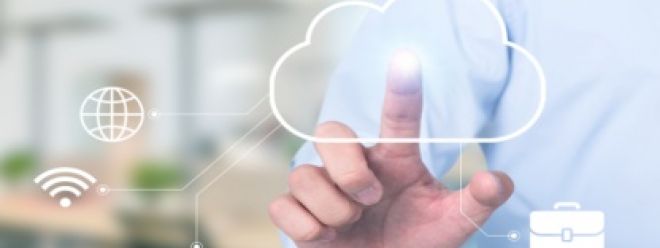5G and Edge Computing: Revolutionizing Energy Management

5G and Edge Computing: Revolutionizing Energy Management

Learn how 5G and edge computing can revolutionize energy management
5G and edge computing are two transformative technologies that are revolutionizing various industries. 5G, the fifth generation of wireless technology, offers high-speed connections with low latency, while edge computing brings processing power closer to the data source. Together, they offer unprecedented opportunities for innovation and optimization.
The benefits of 5G and edge computing are profound. With 5G's high-bandwidth and low-latency capabilities, data can be transmitted quickly and reliably, enabling real-time applications and services. Edge computing complements 5G by bringing computing power closer to the edge of the network, reducing latency and helping to speed up response times. The combination of 5G and edge computing has many implications for industries such as healthcare, manufacturing, and autonomous vehicles. Additionally, the integration of 5G and edge computing can help enable the Internet of Things (IoT) ecosystem. Here, we explore how 5G and edge computing can revolutionize energy management and shape a greener, more sustainable future:
The integration of 5G technology and edge computing has brought a transformative revolution to various industries, among which energy management will be one of the industries that will benefit the most. With the growing demand for efficient and sustainable energy solutions, the integration of 5G and edge computing offers unprecedented opportunities to optimize energy production, distribution and consumption.
1. Strengthen data collection and analysis
5G and edge computing enable real-time data collection from many sources, including smart grids, renewable energy and Internet of Things (IoT) devices. This wealth of data provides valuable insights into energy consumption patterns, grid performance and renewable energy generation. With the low-latency and high-bandwidth capabilities of 5G networks, and the ability of edge computing to process data at the edge of the network, energy management systems can make accurate predictions, detect anomalies, and optimize energy usage in real time.
2. Smart grid optimization
Deploying 5G-enabled edge computing devices throughout the grid infrastructure can improve the monitoring, control and automation of the entire energy distribution network. By integrating sensors, smart meters, and other IoT devices, grid operators can gain real-time visibility into energy flows, identify inefficiencies, and proactively address issues. This optimization ensures a more reliable and resilient grid, reduces energy losses and improves overall energy efficiency.
3. Demand response and load management
5G and edge computing enable fast and precise communication between energy consumers, producers and the grid. This facilitates demand response programs where consumers can adjust their energy consumption based on real-time pricing or grid conditions. By leveraging edge computing capabilities, energy management systems can analyze consumption data, predict peak demand periods, and proactively manage load, minimizing stress on the grid and reducing the need for costly infrastructure upgrades.
4. Renewable energy integration
Renewable energy sources such as solar and wind are variable and require careful management to ensure efficient use and grid stability. 5G and edge computing enable the intelligent integration of these resources into existing energy infrastructure. By leveraging real-time data and advanced analytics, energy management systems can dynamically adjust energy production and storage based on weather conditions, demand patterns, and grid requirements. This flexibility increases the reliability of renewable energy sources and facilitates their seamless integration with the grid.
5. Edge intelligence for energy efficiency
The combination of 5G and edge computing enables edge devices to perform complex analysis and decision-making locally. By deploying intelligent edge devices at various points in the energy network, real-time data analysis and energy optimization can be achieved at the edge itself, reducing the need to transfer data to centralized servers. This minimizes network congestion and enhances privacy and security, while enabling faster and more efficient energy management.
6. Energy-efficient edge infrastructure
Edge computing relies on a distributed network of resources closer to the data source. This proximity reduces data transmission distances and minimizes the energy consumption associated with long-distance data transmission. Additionally, edge computing infrastructure can be optimized for energy efficiency, employing low-power processors and renewable energy sources to further reduce the carbon footprint. Combining energy-efficient edge infrastructure and 5G connectivity creates a sustainable energy management ecosystem.
7. Predictive maintenance and asset management
In the energy industry, proactive maintenance of critical assets is critical to ensuring peak performance and minimizing downtime. Using 5G and edge computing, energy management systems can monitor equipment health in real time, analyze performance data, and detect anomalies or potential failures. This enables predictive maintenance strategies that can schedule maintenance activities before failures occur, reducing maintenance costs, extending asset life, and improving overall performance.